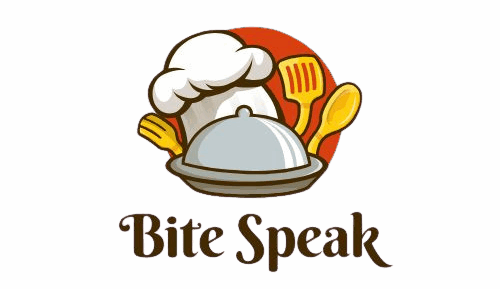11 Foods That Spike Your Insulin And 11 That Help Keep It in Check
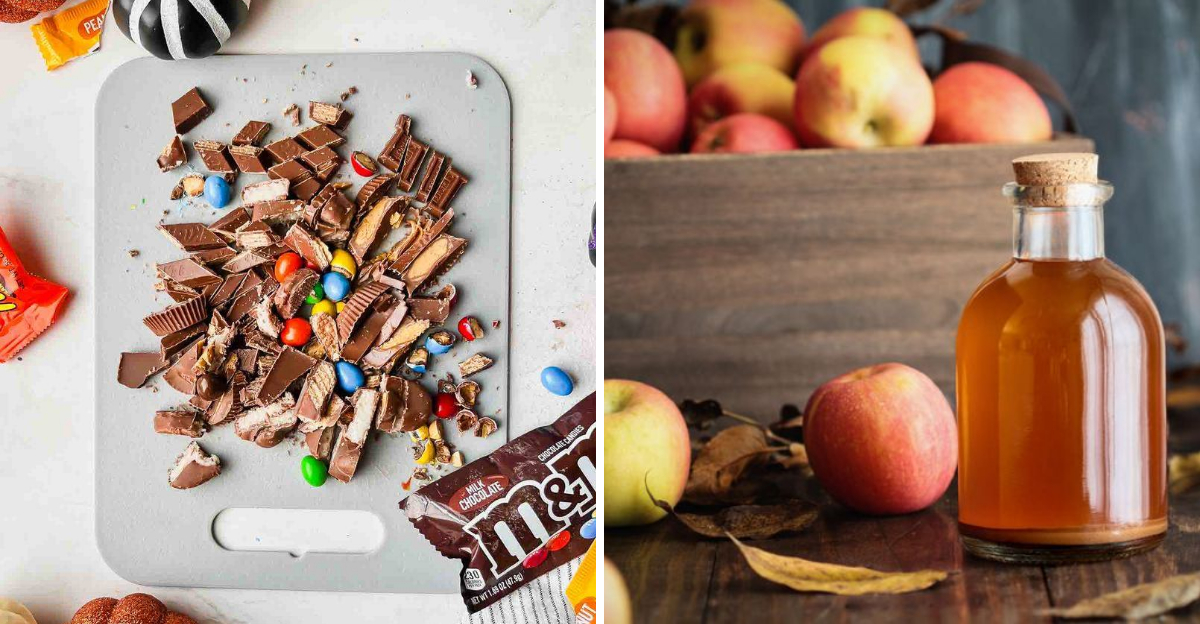
Maintaining stable insulin levels is crucial for overall health. While some foods can lead to insulin spikes, others help keep it in check. This guide explores 11 foods in each category, providing insights and tips for smart dietary choices.
1. White Bread
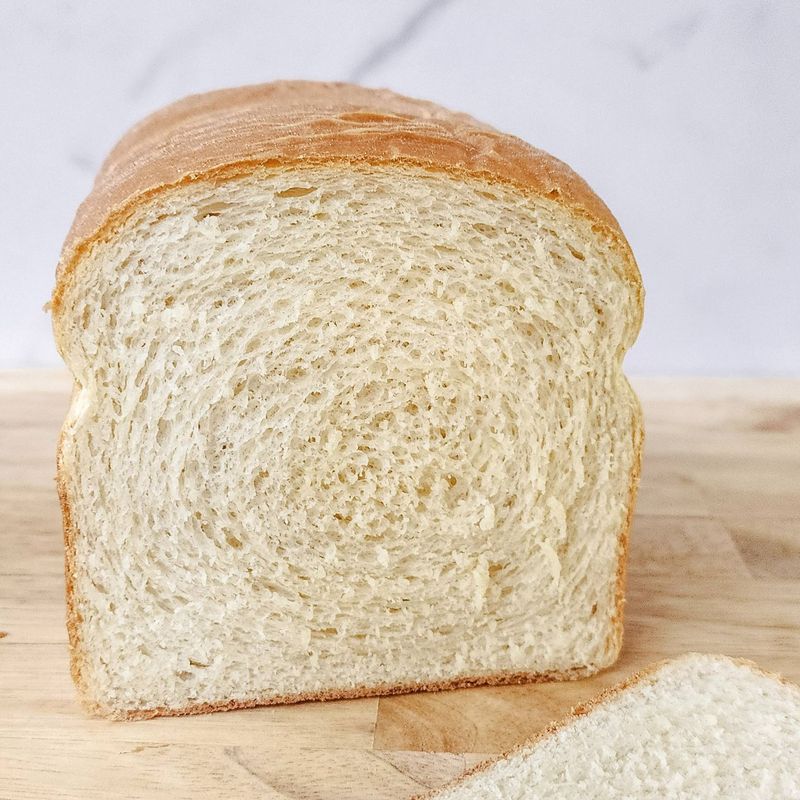
White bread, a staple in many diets, is highly refined and quickly digested. This leads to sharp spikes in blood glucose and insulin levels. Unlike whole grains, white bread lacks the fiber needed to slow carbohydrate absorption. A comforting choice for a sandwich, but not the best for those monitoring insulin. Pairing it with protein-rich foods can help moderate its effects. Consider exploring whole grain alternatives for a healthier lifestyle that supports stable energy levels throughout the day.
2. Sugary Breakfast Cereals
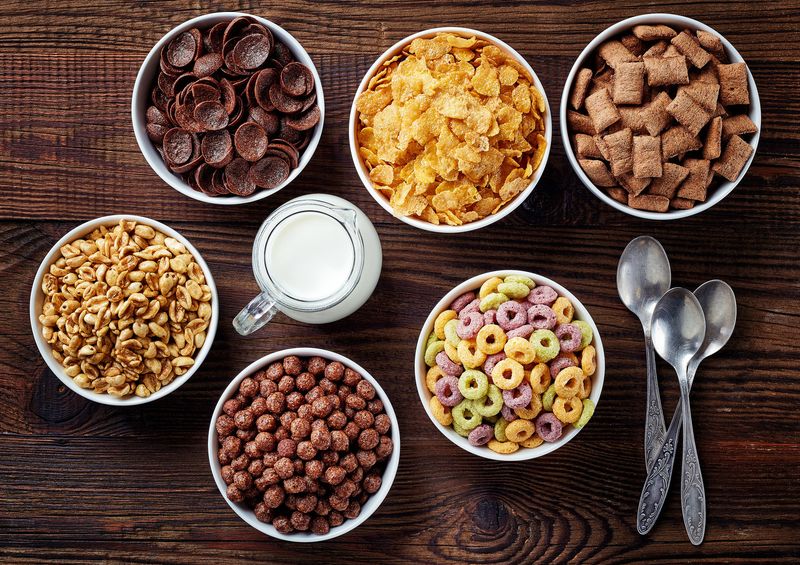
Sugary cereals are often high in added sugars and low in essential fiber. Especially problematic when eaten alone, they cause rapid blood sugar increases. Many are marketed towards children with fun shapes and colors, making them a household favorite. However, these cereals can contribute to energy crashes later in the day. Opt for options with whole grains and minimal added sugars to support sustained energy levels. Add fresh fruit or nuts for extra flavor and nutrition.
3. Soda and Sweetened Beverages

Sodas and sweetened beverages are loaded with liquid sugar, which enters the bloodstream rapidly. This triggers a strong insulin response, often leading to a cycle of cravings and energy crashes. While refreshing, these drinks offer little nutritional value. Switching to water, herbal teas, or infused water can be a delightful and healthier choice. Consider the long-term benefits of reducing sugary drinks for both waistline and well-being.
4. Candy and Baked Sweets
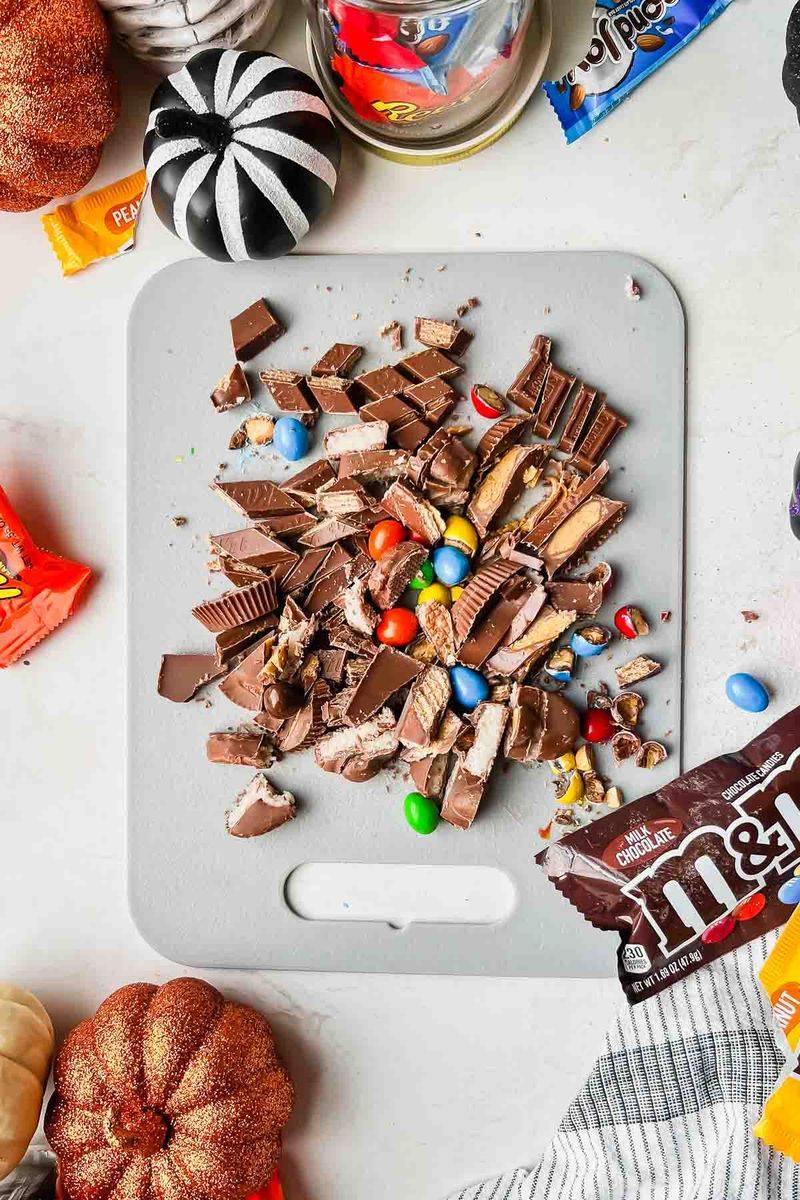
Cookies, cakes, and candy bars, while tempting, are fast-acting carbs. They lack the fiber or protein needed to slow absorption, causing blood sugar spikes. These treats are often associated with celebrations and comfort, but moderation is key. Enjoy them occasionally and balance with more nutrient-dense foods. Exploring recipes that incorporate healthier ingredients can satisfy a sweet tooth without compromising insulin levels.
5. White Rice
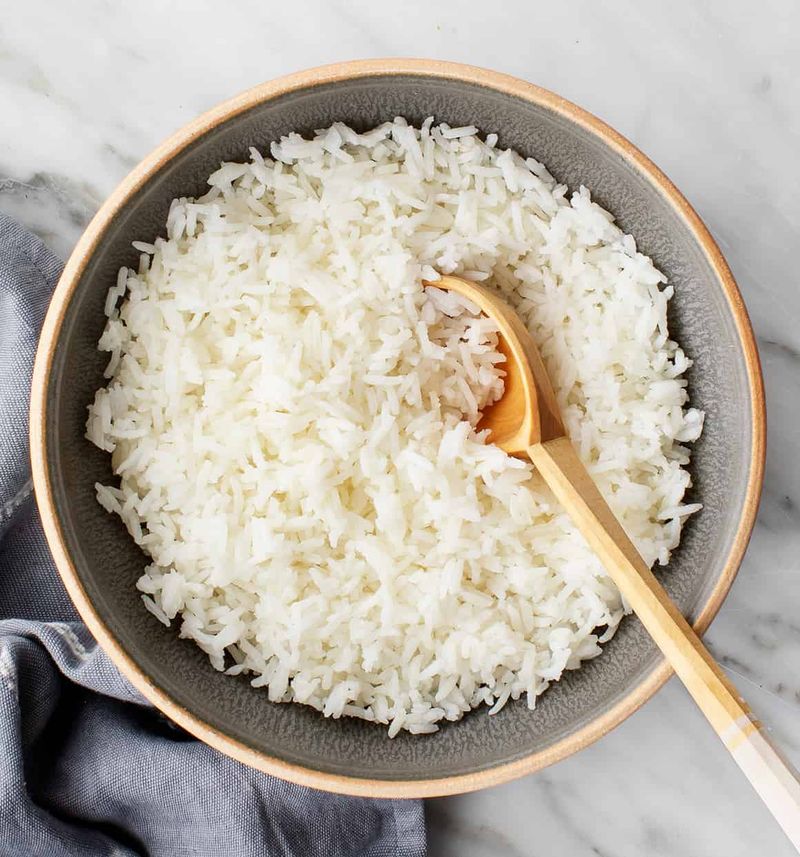
White rice is a staple in many cuisines but lacks the fiber of its brown counterpart. It digests quickly, raising blood sugar and insulin levels, especially in large portions. Enjoyed as a side dish or main course, white rice pairs well with many flavors. To support balanced insulin levels, consider combining it with high-fiber vegetables or switching to brown rice occasionally. This simple adjustment can lead to lasting health benefits.
6. French Fries
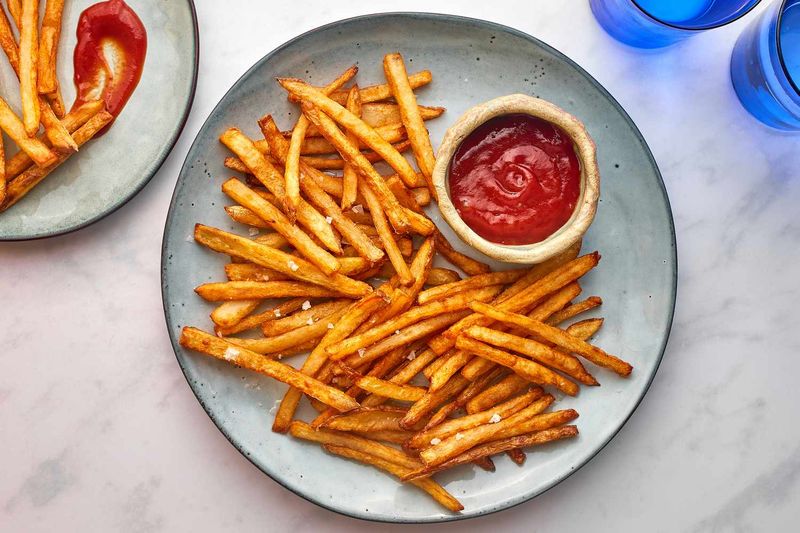
French fries offer a double whammy of refined starch and deep-fried fat. Both elements can worsen insulin sensitivity, making these fries a less ideal choice. Popular at fast-food outlets and diners, they are a comfort food favorite. Baking fries at home with healthier oils and seasoning can provide a satisfying alternative. Moderation is essential to enjoy them without impacting insulin health.
7. Instant Oatmeal (Flavored Varieties)
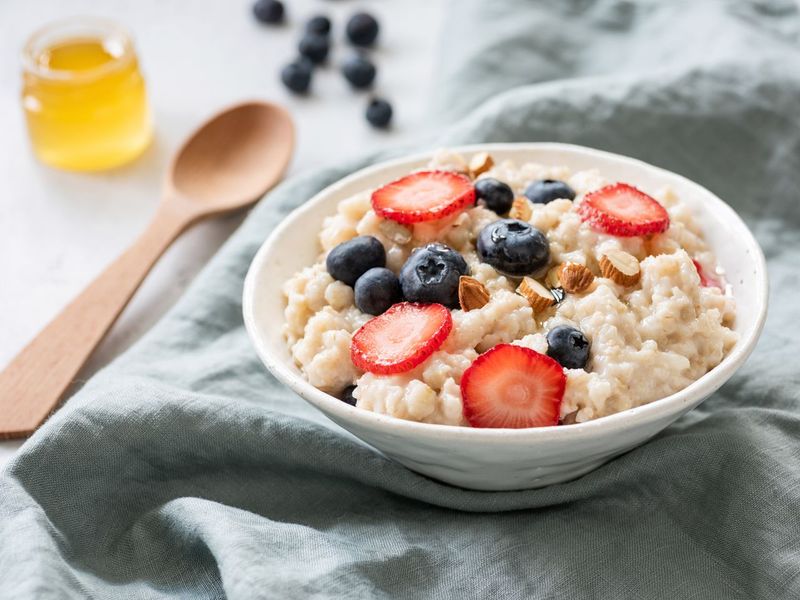
Instant oatmeal, especially flavored types, is often high in added sugars and processed to digest quickly. While convenient, it can cause blood sugar spikes unlike traditional oats. A warm breakfast favorite, but not always the best choice for steady energy. Opt for unflavored oats and add your own toppings like fresh fruit or honey for a more balanced meal. This small change can support a healthier start to your day.
8. Ice Cream
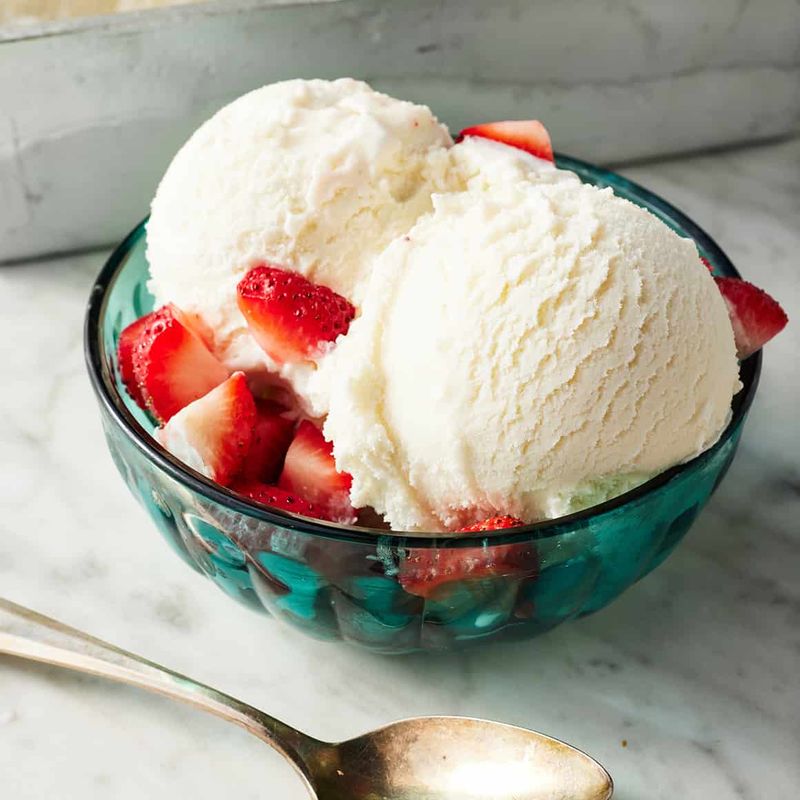
Ice cream, beloved by many for its creamy texture, contains high amounts of sugar and saturated fat. These components can increase insulin resistance over time, making it a treat best enjoyed in moderation. Perfect for hot summer days, but consider sorbets or frozen yogurt as lighter alternatives. Enjoying smaller portions can satisfy cravings without compromising insulin health.
9. Energy Drinks
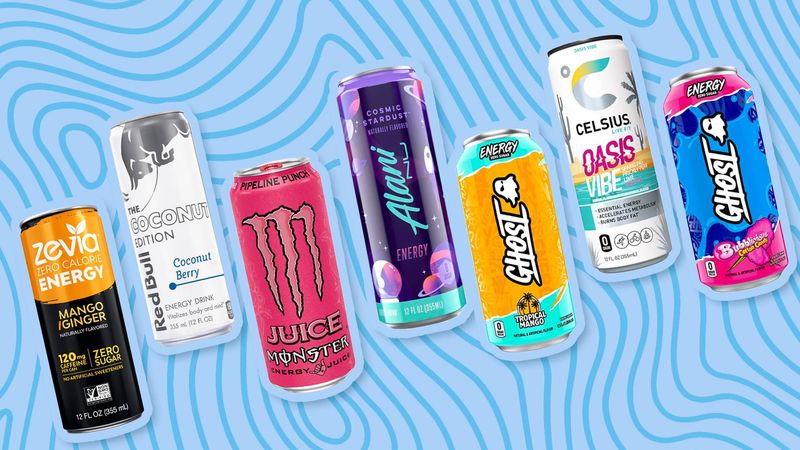
Energy drinks are loaded with sugar and caffeine, ingredients that can spike insulin and strain metabolic function. While they promise a quick energy boost, the long-term effects may outweigh the benefits. For sustained energy without the crash, consider alternatives like green tea or smoothies rich in natural energy-boosting ingredients. Prioritizing steady energy sources can make a significant difference in overall well-being.
10. Pizza with Refined Crust

Pizza, especially with a refined flour crust, combines carbs with high-fat cheese and processed meats. This leads to an insulin overload in some people. A popular choice for gatherings and quick meals, but opting for whole grain crusts and fresh toppings can make a positive impact. Home-made pizzas allow for creativity and control over ingredients, supporting a balanced diet.
11. Sweetened Yogurt
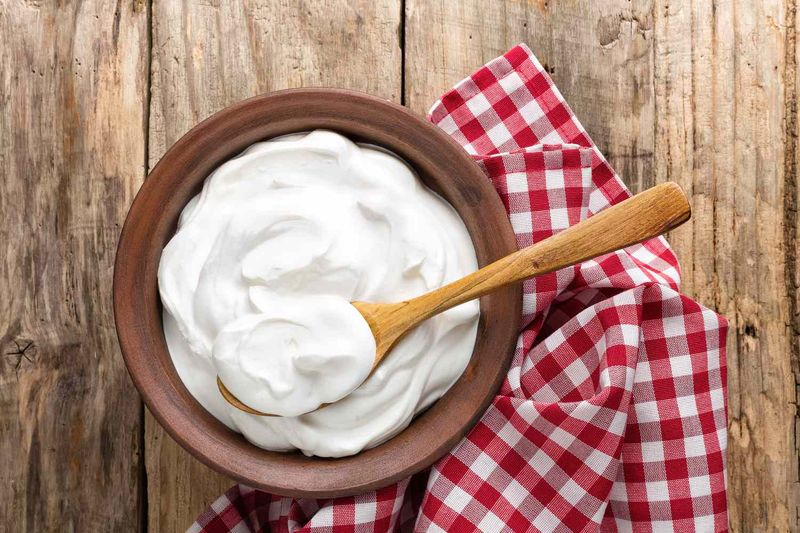
Sweetened yogurts, like fruit-on-the-bottom varieties, often contain more sugar than a candy bar. While they appear to be a healthy choice, the added sugars can spike insulin levels. Choosing plain yogurt and adding fresh fruit or a drizzle of honey offers a healthier alternative. This simple swap can enhance your diet while maintaining the creamy texture and delicious taste you love.
12. Leafy Greens (Spinach, Kale, Arugula)
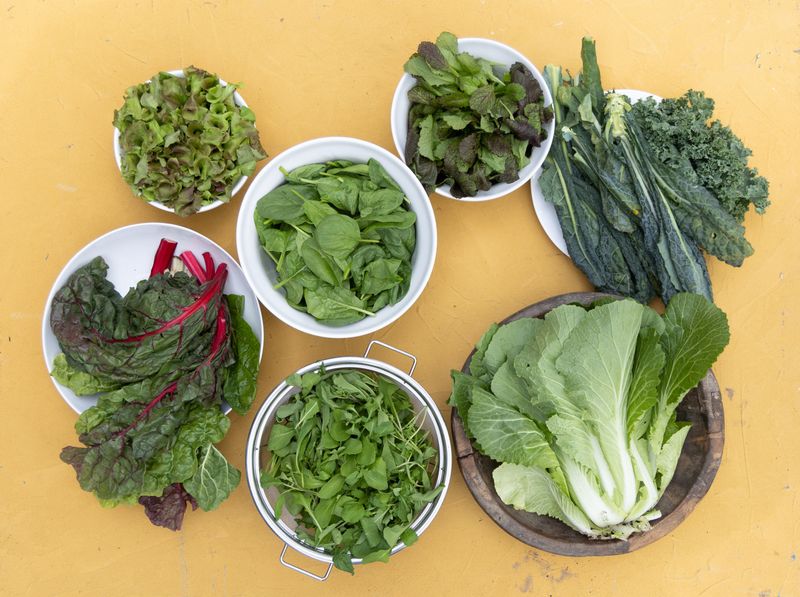
Leafy greens, such as spinach, kale, and arugula, are low in carbs and rich in fiber, magnesium, and antioxidants. These nutrients play a vital role in supporting insulin sensitivity and overall health. Enjoy them raw in salads or cooked in a variety of dishes for a nutritious boost. Their versatility makes them a staple in healthy diets across the globe. By incorporating greens regularly, you support both your palate and your pancreas.
13. Fatty Fish (Salmon, Sardines, Mackerel)
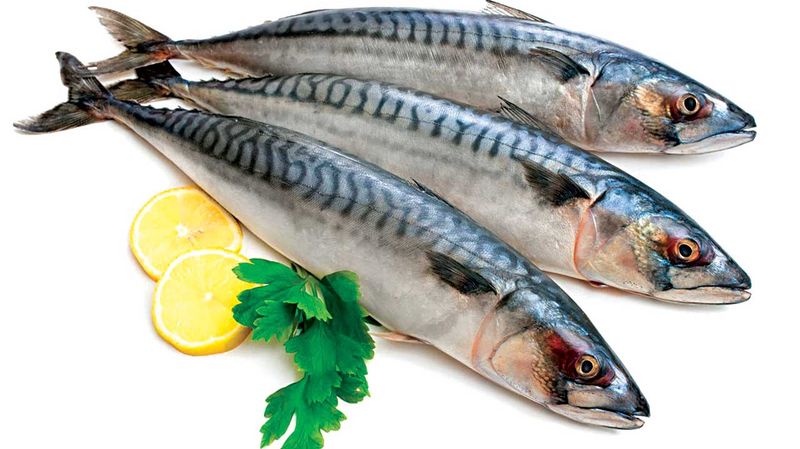
Fatty fish, including salmon, sardines, and mackerel, are rich in omega-3 fatty acids. These healthy fats may help reduce inflammation and improve insulin response, making them a heart-healthy choice. Grilled, baked, or even smoked, these fish offer culinary delight while supporting metabolic health. Including fatty fish in your diet a few times a week can contribute to a balanced and nutritious meal plan.
14. Avocados
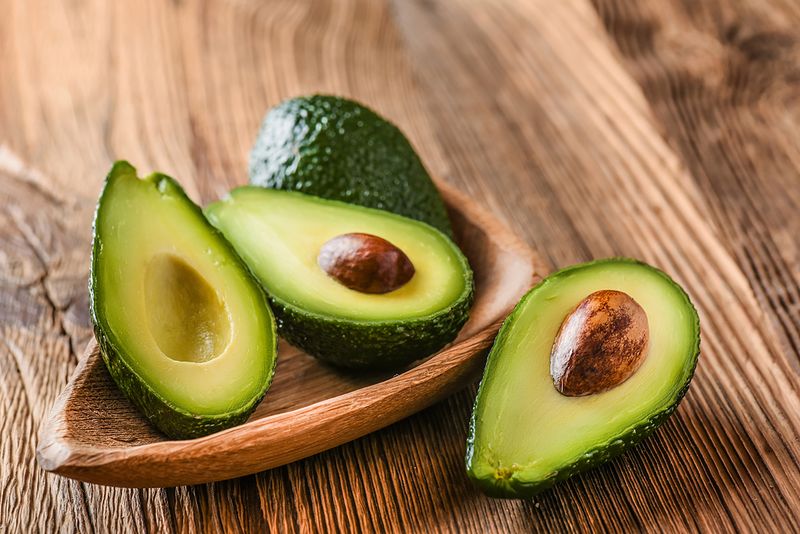
Avocados are loaded with healthy fats and fiber, promoting stable blood sugar levels and prolonged satiety. This creamy fruit is versatile, enhancing both savory and sweet dishes. From guacamole to smoothies, avocados bring a rich texture and nutritional boost to meals. Their unique nutrient profile supports heart health and insulin sensitivity, making them a beloved choice for health-conscious eaters.
15. Nuts (Almonds, Walnuts, Pistachios)
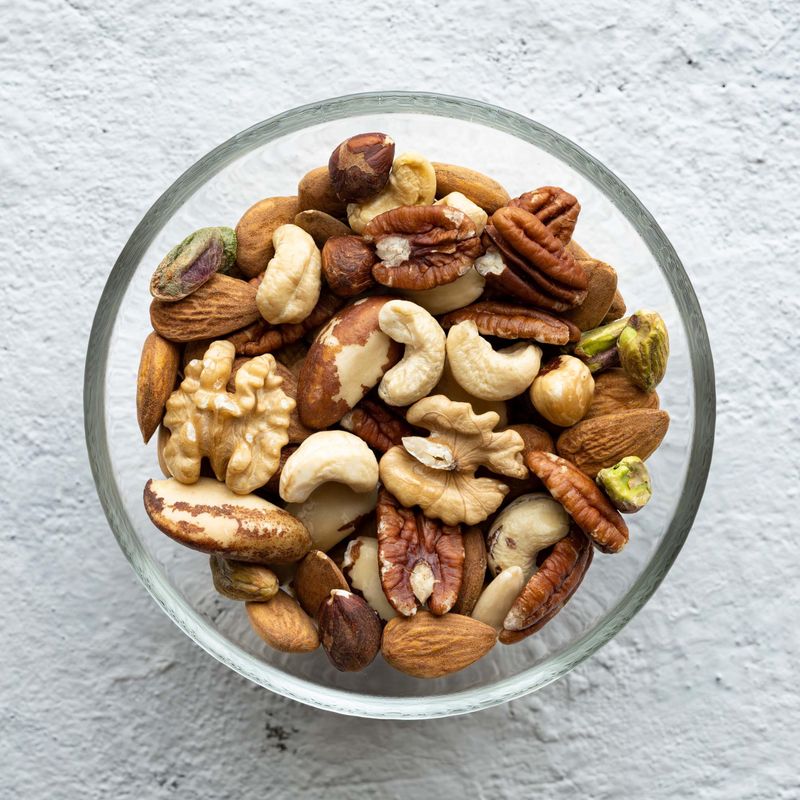
Nuts like almonds, walnuts, and pistachios offer healthy fats, protein, and fiber. These nutrients support stable glucose and insulin levels when eaten in moderation. Enjoy them as a snack, in salads, or as a crunchy topping for dishes. Their satisfying crunch and rich flavors make them a delicious and nutritious choice. Including a variety of nuts in your diet adds both texture and nutrition, supporting overall health.
16. Beans and Lentils
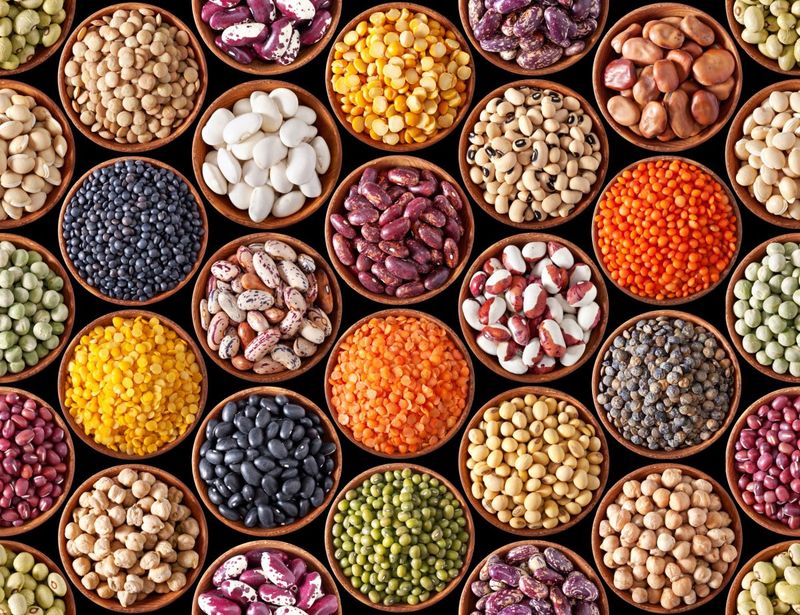
Beans and lentils are slow-digesting carbs loaded with fiber and protein, making them excellent for reducing post-meal insulin spikes. Versatile and hearty, they are mainstays in cuisines worldwide. From soups to salads, these legumes provide a satisfying and nourishing option. Their ability to stabilize blood sugar levels makes them a wise choice for those mindful of their dietary habits.
17. Chia Seeds
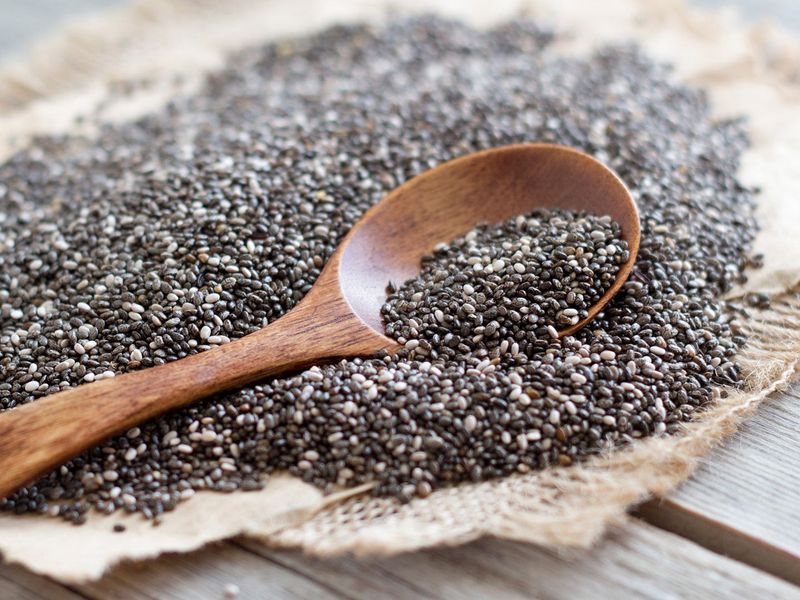
Chia seeds are tiny powerhouses packed with fiber and omega-3s. These nutrients help slow digestion and reduce blood sugar spikes, making chia seeds a beloved addition to healthy diets. Sprinkle them on yogurt, blend into smoothies, or create chia puddings for a nutrient boost. Their versatility and health benefits make them an easy and effective way to support insulin balance.
18. Berries (Blueberries, Raspberries, Strawberries)
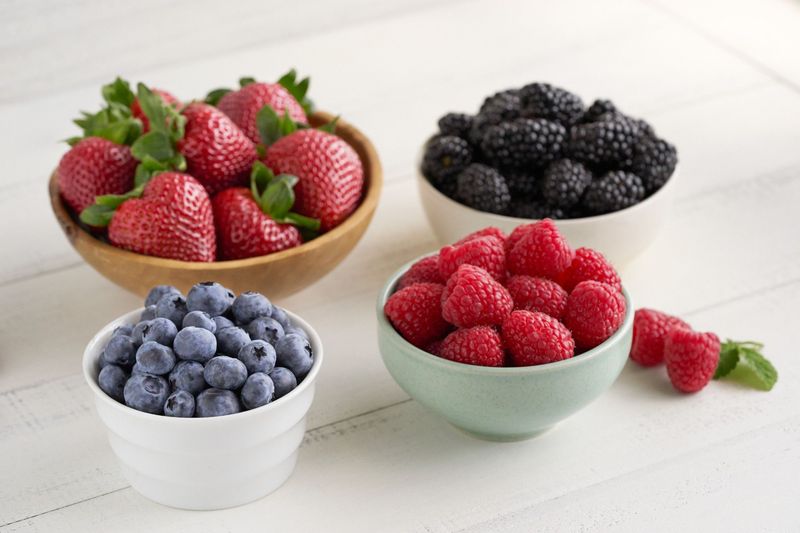
Berries, including blueberries, raspberries, and strawberries, are lower in sugar than most fruits and high in polyphenols. These compounds support insulin sensitivity and add a burst of flavor to meals. Enjoy them fresh, in smoothies, or baked into desserts. Their vibrant colors and sweet-tart taste make them a delightful addition to any dish, providing both taste and nutritional benefits.
19. Olive Oil

Olive oil is a healthy fat that doesn’t raise insulin levels and may improve markers of insulin resistance. Used in cooking or as a dressing, it adds richness and flavor to a variety of dishes. Its Mediterranean roots bring a touch of elegance and health to meals. By choosing olive oil, you can enhance the taste of your food while supporting metabolic health.
20. Eggs
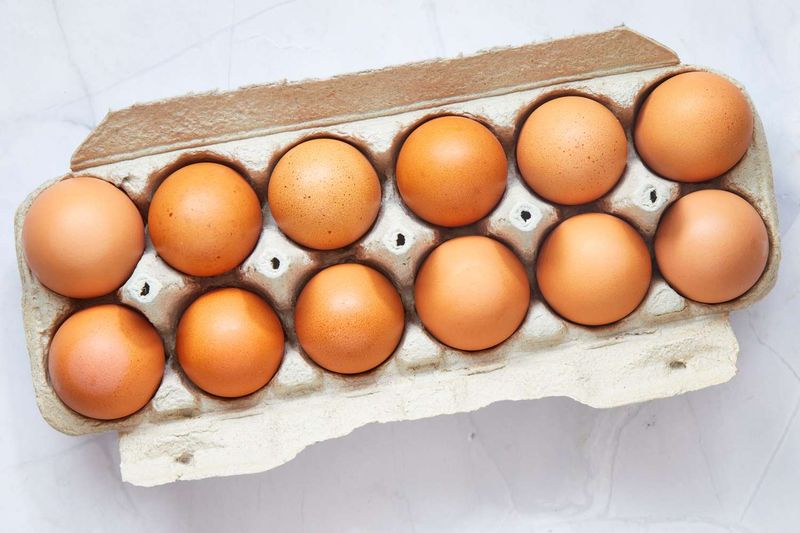
Eggs are high in protein and healthy fat with zero carbohydrates, making them an excellent choice for maintaining stable insulin levels. Whether scrambled, poached, or boiled, eggs offer a versatile and satisfying meal option. Incorporating eggs into your diet can provide essential nutrients while keeping insulin levels in check. They are a timeless classic in kitchens around the world.
21. Cinnamon
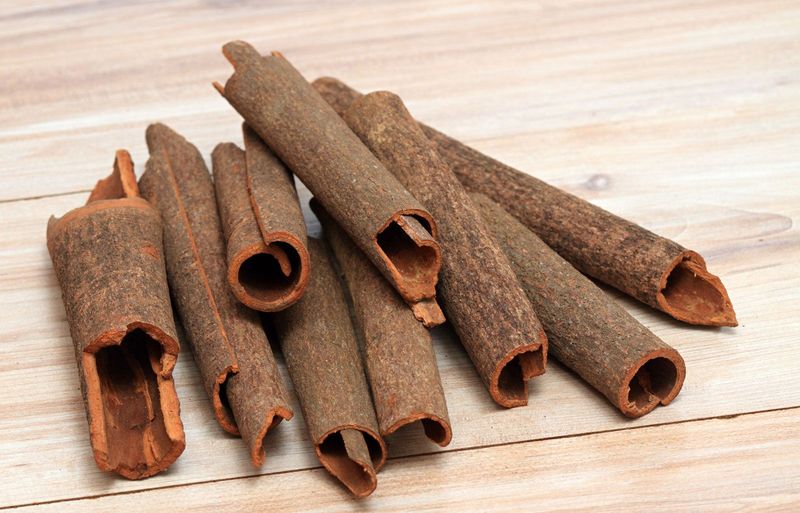
Cinnamon may improve insulin sensitivity and help lower post-meal blood sugar when used regularly. This aromatic spice enhances both sweet and savory dishes with its warm flavor. Sprinkling cinnamon on oatmeal or coffee adds a delightful twist while supporting metabolic health. Its historical use in traditional medicine underscores its potential benefits, making cinnamon a flavorful ally for those managing insulin levels.
22. Apple Cider Vinegar
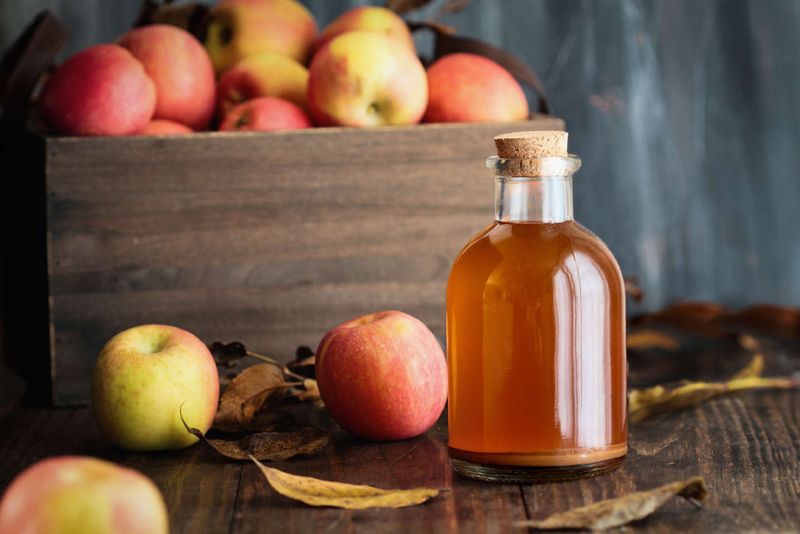
Apple cider vinegar, when taken before meals, may blunt blood sugar spikes and improve insulin response. Its tangy taste and potential health benefits make it a popular choice among health enthusiasts. Whether used as a salad dressing or in marinades, apple cider vinegar offers a zesty flavor addition. Its traditional use in holistic practices highlights its enduring appeal and potential impact on health.
